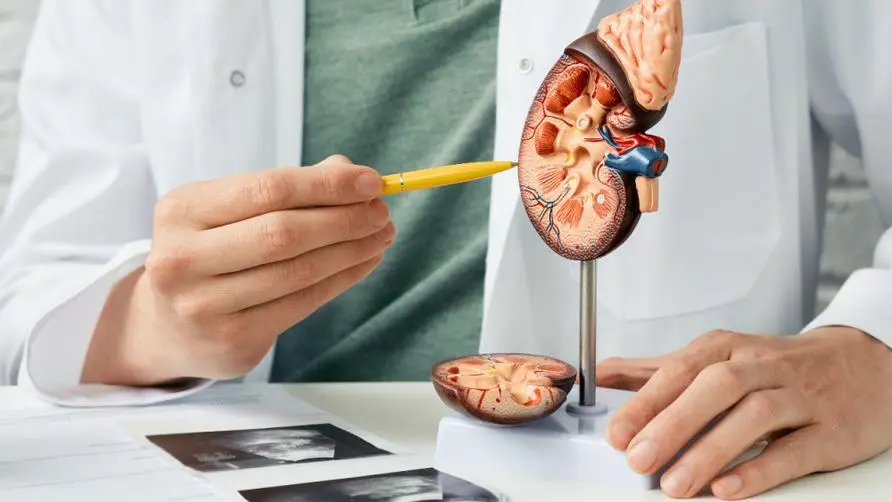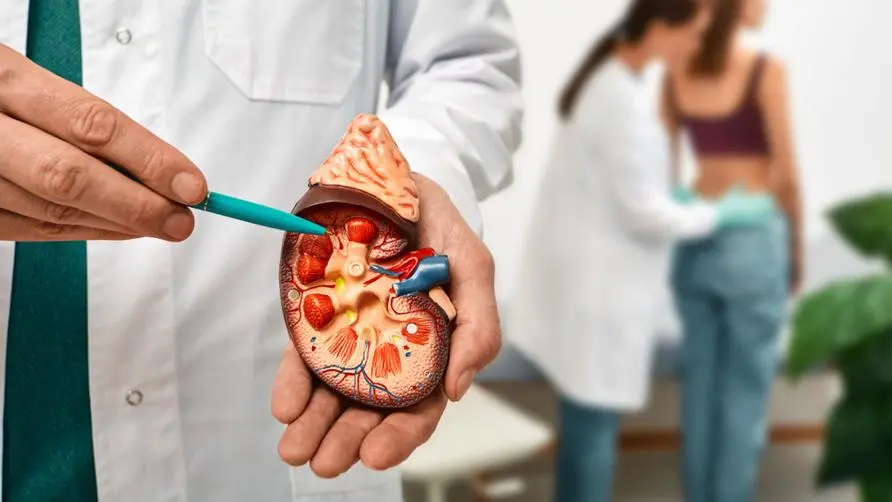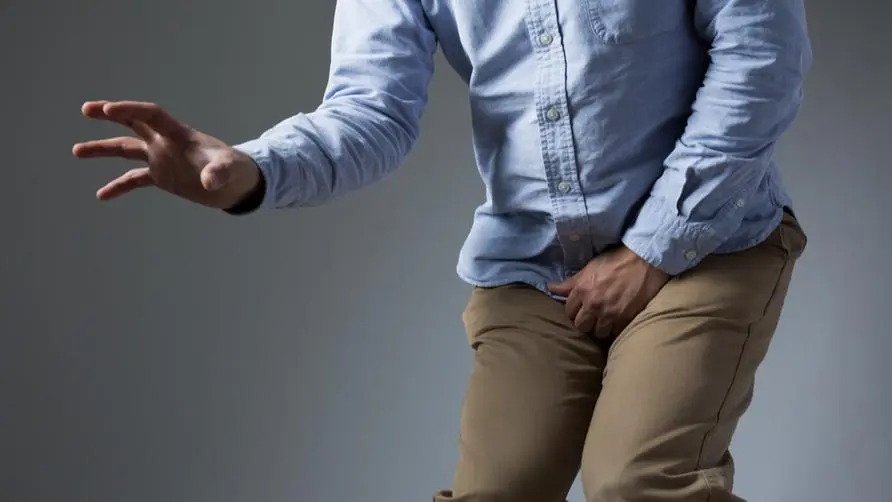It is more dangerous than alcohol and cola. "One drink a day" increases the risk of kidney stones by 33%! Harvard reveals 5 tips to prevent stones

Are men more likely to have kidney stones? What are the symptoms of stones?
Urinary tract stones can form anywhere in the urinary tract, and they are most commonly formed in the kidneys, hence the name “kidney stones.” In addition, stones often appear in the ureters and bladder, and occasionally get stuck in the urethra. Kidney stones are more common in men and tend to occur in younger people. There are three strictures in the path of the ureter, namely the point where it passes from the renal pelvis to the ureter, where it crosses the common iliac artery, and where it penetrates the bladder wall.
Most patients with kidney stones have no symptoms, but when kidney stones fall from the kidneys into the ureters and cause ureteral obstruction, they may cause symptoms such as hematuria, backache, urinary tract infection, renal colic, nausea, vomiting, frequent urination, and difficulty urinating. When severe back pain or low back pain occurs, accompanied by nausea and vomiting, or you experience burning or discomfort when urinating, or your urine turns pink or blood-colored, you should seek medical attention as soon as possible.
Kidney stones can be divided into three main categories based on their components. The most common are “calcium oxalate” stones, which are related to the metabolism of oxalate. The next most common one is “magnesium ammonium phosphate stone”, also known as triple stone or struvite. The third type is “uric acid stones”, which are generally most common among people who have acidic urine or suffer from gout.
Eating too much meat can lead to stones? Drink less of this drink
The human body may increase the risk of stone formation due to lifestyle and dietary patterns. For example, drinking too little water may lead to increased urine concentration. Too much sodium can increase calcium in the urine and decrease citrate excretion. Too little calcium intake will increase urinary oxalic acid excretion. Too much meat intake will change the pH of urine, increase calcium in urine, and reduce citrate. Too much oxalate intake will increase urinary oxalate excretion.
A review of research found that risk factors that may increase the occurrence of kidney stones include: obesity, sodium (salt) intake, fructose, meat, animal protein, and soda drinks. Conversely, factors that reduce the risk of kidney stones are fluid intake, DASH diet, vegetables, fruits, calcium and potassium. However, some studies have found that supplementing vitamin D and calcium alone may increase the risk of stone formation.
Why is it easy to develop stones after drinking beverages? In fact, sugary drinks often add fructose, which increases the excretion of calcium, oxalate and uric acid, thereby increasing the risk of kidney stones. According to interview data covering 190,000 respondents, it was found that consuming more than one sugary drink per day increased the risk of kidney stones by 33%. Next is drinking coke and alcohol.
In the same study, it was also found that the top 20% of subjects who consumed more caffeine had a 26%-31% lower risk of kidney stones. Coffee seems to have a protective effect against kidney stones, and research has concluded that drinking coffee may increase urine volume and the excretion of potassium and calcium.
Five key points to prevent kidney stones! It is best to urinate 2 liters per day
Harvard Medical School recommends cultivating five lifestyle habits to prevent kidney stones. First, drink more water to dilute urine and prevent stone formation. It is best to excrete 2 liters of urine per day. You can also add lemon or orange juice to drinking water to increase the intake of citrate and help prevent stones.
Second, eat more natural foods rich in calcium, which can combine with oxalate in the blood, reduce the concentration of oxalate in the urine, and reduce the risk of kidney stones; third, reduce sodium intake and eat a high-sodium diet It will increase the sodium content in urine. It is recommended that people suffering from kidney stones should adopt a low-sodium diet. It is also good for the heart and blood pressure.
Fourth, limit animal protein and avoid eating too much red meat, poultry, eggs, and seafood, which will increase uric acid levels. Fifth, avoid eating a lot of foods that are prone to stone formation, such as beets, chocolate, spinach, tea (black tea has the highest oxalate content), and nuts. Patients who have suffered from stones should be especially careful.
Harvard Medical School reminds that for the average person, the risk of kidney stones caused by certain food types or drinks is not high, so a balanced intake of various foods is not a problem. However, some studies have found that adding a large amount of vitamin C in the form of supplements will slightly increase the risk of kidney stones. This may be caused by the body converting too much vitamin C into oxalate. People with related risk factors should pay attention to health care. Food intake.
Source:
5 steps for preventing kidney stones
Risk of Kidney Stones: Influence of Dietary Factors, Dietary Patterns, and Vegetarian–Vegan Diets
Further reading:





